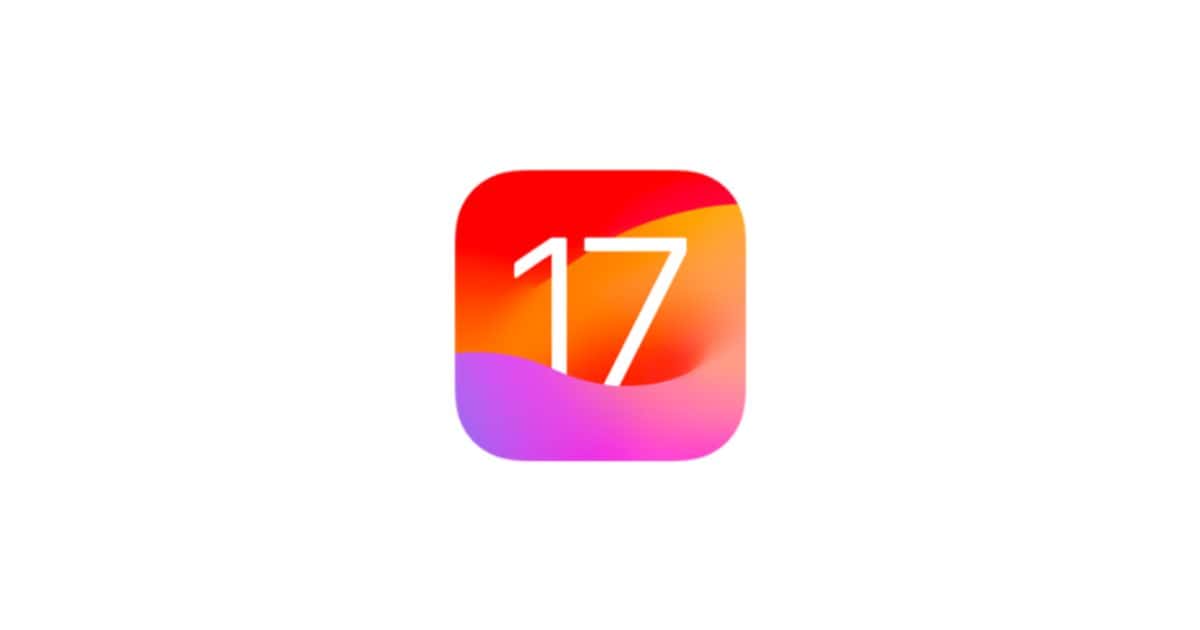According to 9toMac, Apple is preparing a minor update, iOS 17.6.2, for iPhone users still on iOS 17. This update will likely focus on bug fixes, security patches, and very minor enhancements and is expected to have build numbers 21G101 and/or 21G102. It follows the recent release of iOS 17.6.1, which introduced the ‘Catch Up’ feature in the Apple TV app for MLS Season Pass viewers.
But why do some iOS updates have numbers x.y.z (like iOS 17.6.2), but others just have x.y (iOS 17.4)?
iOS version numbers, such as x.y.z, follow a semantic versioning format that helps in giving information about the nature of the changes in each release. This format is commonly used in software development to convey the significance of updates and to manage dependencies more effectively. Here’s a breakdown of why Apple might release versions in the x.y.z format instead of just x.y:
- Major Updates (x): The first number represents major updates that introduce significant changes or new features. For example, iOS 18 will be released next month. It usually updates once per year.
- Minor Updates (y): The second number indicates minor updates, which add new features or improvements but maintain backward compatibility. These updates are often more frequent than major updates, like once every couple of months.
- Patch Updates (z): The third number is used for patch updates, which typically include bug fixes, security patches, or other minor improvements that do or do not affect the software’s functionality or compatibility. They are not very common and are only released when needed.
Using the x.y.z versioning scheme allows developers and users to quickly understand the scope and impact of an update.
More here.
